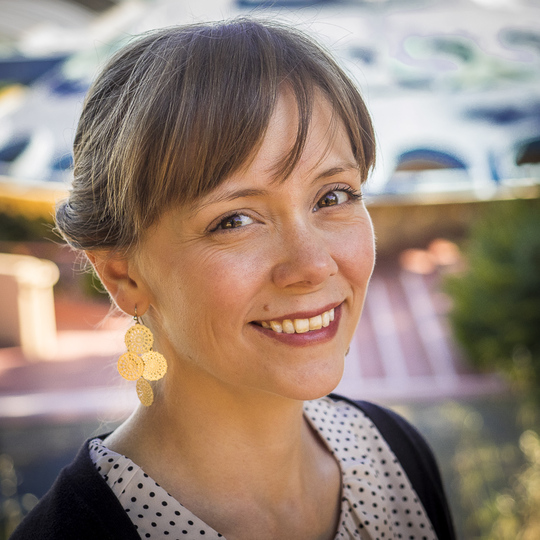
At the City, we field a wide variety of questions and concerns regarding homelessness in our community. One of the most common questions we get is “What is the County of Marin doing to address the issue?” In our second “Get to Know” blog post, I would like to introduce you to Ashley Hart McIntyre, who is my counterpart at the County. Ashley has been in this position for approximately nine months, though the position has existed for a number of years. I recently checked in with Ashley about some of the “Frequently Asked Questions” we receive. This list is by no means exhaustive, and I strongly encourage you to reach out to the County with any further questions or concerns you might have. Ashley’s contact info is at the bottom of this post.
What is your position with the County of Marin? How did you end up in that role?
I am the Homelessness Policy Analyst with Marin County Health and Human Services. I have worked in the homelessness policy field for many years and have seen how many diverse communities address the issue of homelessness. I began working in Marin County because I wanted to engage with these issues more deeply in my own community.
How is the County of Marin working to end homelessness in Marin?
Marin County provides a wide variety of services to people who are experiencing or at risk of homelessness; from behavioral health treatment to employment assistance to funding evidence-based housing interventions, we are a primary provider in the fight to address homelessness in Marin. In addition, the county leads our local efforts to analyze gaps in our system, prioritize funding, and develop new programming, and supports a county-wide effort to collect and analyze homelessness data.
Community members are often curious about how County contracts are evaluated? In what ways does the County measure success, and how can the community monitor progress?
All of our county contracts include performance measurements. For example, a county-funded housing program might be required to report annually how many people were housed during the funding cycle, while an employment program might need to report how many people gained permanent employment as a result of the program’s assistance. Project-level performance is only the first step, however; over the next year, we’ll be looking more closely at how our system of care as a whole performs. We’ll start to look, county-wide, at how many people who are served in Marin programs achieve stable housing, how many access employment, and how many people re-enter homelessness after being housed. Our community can then use that data to make decisions about what’s working and what’s not.
Community members are often curious about the cost of homelessness. For the County, what sort of financial resources are being put towards this issue?
The true cost of homelessness is difficult to pin down. The county supports many of our local nonprofit housing and services programs, but those funds are commonly braided with other supports from private, state and federal sources to provide the full range of services offered by each program. Additionally, homelessness is a complex issue with many contributing factors; someone experiencing homelessness is likely receiving support from a variety of sources, not all of which are specific to homelessness. For example, probation funds support many people in motel rooms to keep them off the street, and many people who are homeless receive behavioral health services that are open to people regardless of housing status.
How do you see the City and County working together to end homelessness?
Strong partnerships between Marin County and all of our cities are crucial to addressing homelessness. The county directly provides many safety-net services to people who are experiencing or at risk of homelessness, like treatment for people with serious mental illness, job training/employment support, and assistance accessing federal benefits. County funds also support nonprofit programs for permanent housing for people with disabilities, emergency shelter for people in housing crisis, and temporary rental assistance to help households to get back on their feet. But we can’t solve it alone. We need our city partners to help address issues of housing affordability, citing of programs, and community concern, which is why I’m proud of the partnership we’ve built with San Rafael.
How does the County stay apprised about the day-to-day challenges from homelessness that San Rafael residents and businesses experience?
Constant communication. Andrew and I talk all the time, and senior county and San Rafael staff are in touch regularly. On top of that, I make a point of spending a morning every month with Lynn Murphy, SRPD’s mental health outreach worker, walking around downtown San Rafael and talking to the folks we encounter in the course of her outreach work. Finally, I live, work and play in San Rafael, so I see first-hand what’s happening in both my professional and personal lives.
What do you consider to be your greatest achievement in your position so far?
I can’t call any of the successes of this position “mine” alone. I’m very proud of the work of the Homeless Outreach Team (HOT), which is a great new collaboration of public and private agencies to address chronic homelessness in San Rafael. I’m also excited about the county’s improved coordination with the City of San Rafael (we’re working closely on HOT, Ritter Center, and other efforts), and the many steps the community has begun to take to implement evidence-based practices. However, those achievements are the result of the commitment of many different public and private partners of which I am only one.

